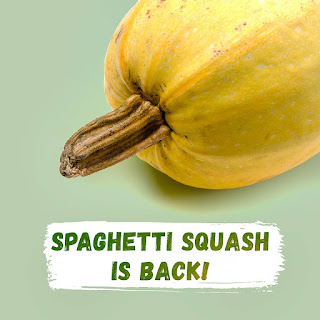Zero Waste Ecosystem

Zero Waste protects the environment, benefits communities, and recycling the economy. Reducing, Rescuing, Recycling creates 10X more jab than disposal. Zero Waste good for the environment also. It takes 20X less energy to make recycled material than material. Zero Waste is good for the community, more than 31 billion food waste every year, community initiative can redistribute unwanted food to shelters, food banks, and more. Reducing, Reusing, Recycling can be a key part of the climate change strategy to reduce our greenhouse gas emissions. Roughly 42% of all greenhouse gas emissions are caused by the production and use of goods, including food, product, and packing. Reducing, Reusing, and Recycling will conserve that energy and dramatically reduce our carbon emission. Zero Waste conserves resource and minimize pollution. Our current culture of consumption is unsustainable. Extracting raw material from natural spaces requires a large amount of energy ...


